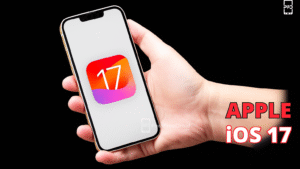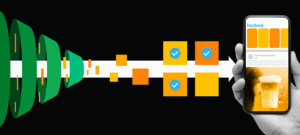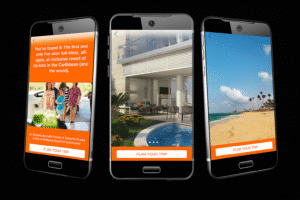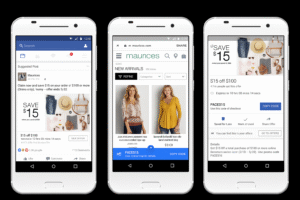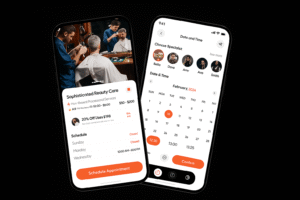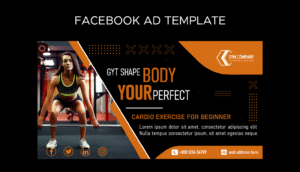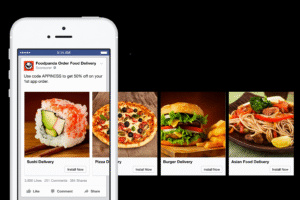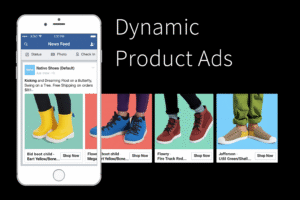Explore the evolution of influencer marketing in 2025! Discover how micro, nano, and AI-driven influencers are reshaping brand strategies for authentic engagement and ROI. 🚀✨
Introduction: The Changing Face of Influencer Marketing 🌟
Influencer marketing has rapidly evolved from celebrity endorsements to a diverse ecosystem that includes micro-influencers, nano-influencers, and now AI-driven influencers.
Brands are increasingly focusing on authenticity, niche audiences, and innovative technology to maximize engagement and trust.
What Are Micro and Nano Influencers? 🤏
Micro-Influencers: Typically have between 10,000 to 100,000 followers. They offer highly engaged, niche audiences with greater trust and authenticity.
Nano-Influencers: Smaller creators with 1,000 to 10,000 followers, often seen as highly relatable and trusted by their close-knit communities.
Why Micro and Nano Influencers Matter in 2025 📈
Higher Engagement Rates: Smaller audiences often lead to stronger connections and more meaningful interactions.
Cost-Effective: Easier for brands with modest budgets to collaborate with multiple nano/micro-influencers than big celebrities.
Targeted Niches: Perfect for reaching specific demographics or interest groups.
Authenticity: Their content feels less scripted, boosting brand credibility.
The Rise of AI-Driven Influencers 🤖✨
AI-driven influencers are virtual personas created using artificial intelligence and CGI, growing rapidly in popularity.
Key Benefits:
24/7 Availability: No scheduling conflicts or burnout.
Customizable Persona: Brands can tailor AI influencers to fit any identity or style.
Innovative Engagement: Can interact in real-time with followers using chatbots or AI algorithms.
Global Reach: Not bound by geography or physical limitations.
Popular AI Influencers:
Lil Miquela: One of the most famous AI influencers with millions of followers.
Shudu: Known as the world’s first digital supermodel.
Blawko: A virtual influencer with a distinct style and personality.
How Brands Leverage This Evolution 🚀
| Influencer Type | Ideal Use Case | Benefits |
|---|---|---|
| Micro-Influencers | Product launches, niche engagement | Authenticity, targeted reach |
| Nano-Influencers | Local campaigns, community building | Cost-effective, high trust |
| AI-Driven Influencers | Global campaigns, futuristic branding | Control, scalability, innovation |
Challenges and Ethical Considerations ⚠️
Transparency: Disclose AI influencers clearly to avoid misleading audiences.
Ethics: Be mindful of potential bias or unrealistic beauty standards with AI personas.
Measurement: Tracking ROI across diverse influencer types requires sophisticated analytics.
Saturation: Influencer fatigue among consumers needs fresh creative approaches.
Tips to Maximize Influencer Marketing Success in 2025 ✅
Mix Influencer Types: Combine micro, nano, and AI influencers for broad yet authentic reach.
Focus on Storytelling: Authentic content resonates best regardless of follower size.
Use Data Analytics: Track engagement and conversions to refine influencer partnerships.
Build Long-Term Relationships: Ongoing collaborations create deeper trust and better ROI.
FAQs: Influencer Marketing in 2025 ❓
Q1: Are AI influencers as effective as human influencers?
They are effective for certain audiences and campaigns, especially tech-savvy or futuristic brands, but human influencers still excel in emotional connection.
Q2: How do nano-influencers differ from micro-influencers?
Nano-influencers have smaller but tighter, highly engaged communities, ideal for hyper-local or niche markets.
Q3: Is influencer marketing still relevant in 2025?
Absolutely! It continues evolving with new technologies and shifting consumer preferences.
Q4: How do I choose the right influencer type for my brand?
Assess your target audience, campaign goals, and budget to determine the best fit.
Q5: What are the legal requirements for disclosing influencer partnerships?
Always follow FTC guidelines or local regulations for transparent sponsored content disclosures.
Conclusion: The Future Is Hybrid and High-Tech 🌐
The influencer marketing landscape in 2025 is more dynamic and diverse than ever. Micro, nano, and AI-driven influencers each bring unique advantages that brands can harness for authentic engagement, innovative storytelling, and measurable ROI.
Embracing this evolution will help marketers stay ahead and connect meaningfully with audiences in an increasingly digital world.

